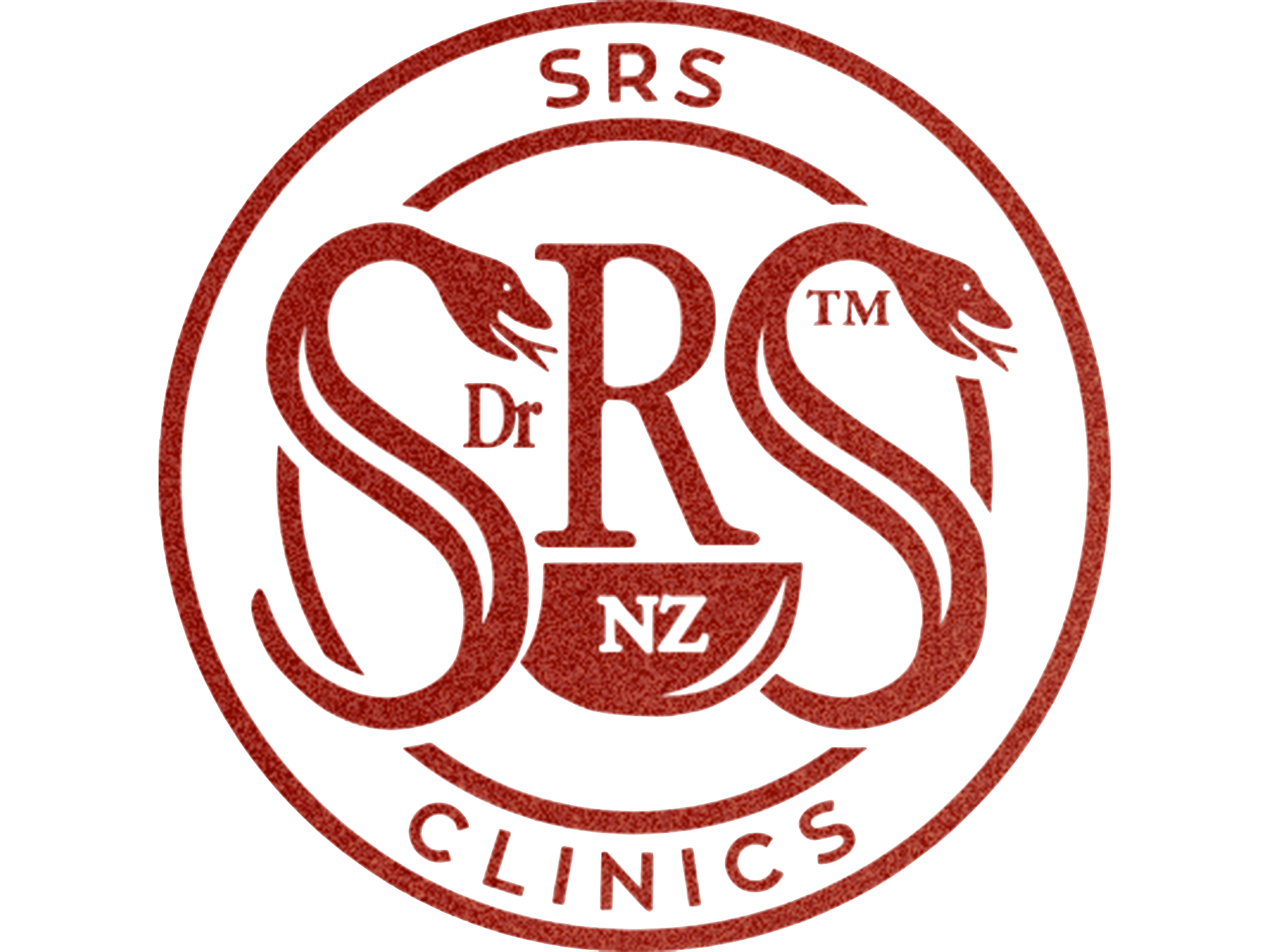
Dear Valued Clients and Partners,
It is with regret that we announce the closure of our clinic on March 31, 2024 due to unsustainable operational costs.
Our unwavering commitment to delivering top-quality products and services has always been at the core of our values. Despite our best efforts to balance this against keeping prices stable for you, escalating costs have presented significant challenges.
We extend our deepest gratitude to our valued customers and partners for your loyalty and support over the years. We appreciate your role in our journey and cherish the relationships we have cultivated with one another. Working with you has been an honour, and we hold the memories and connections we have shared dear.
We will keep you informed of any future developments and extend our heartfelt thanks for your continued support.